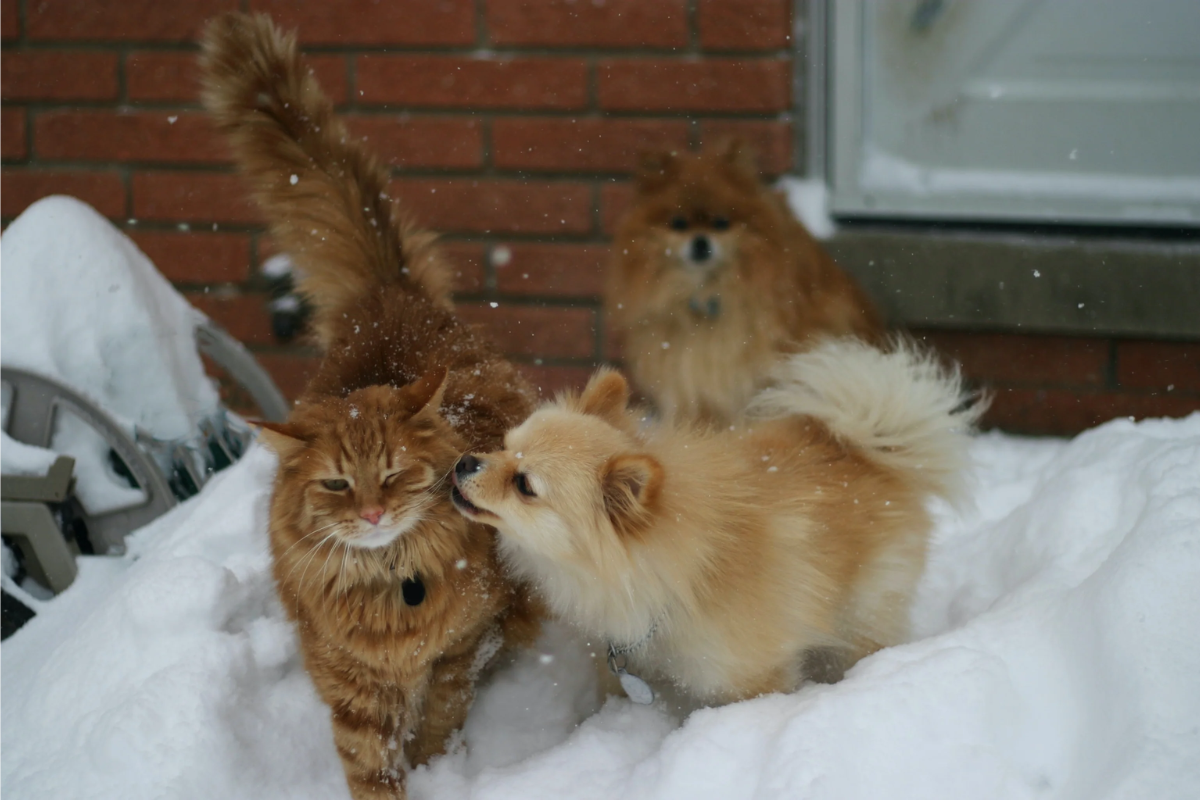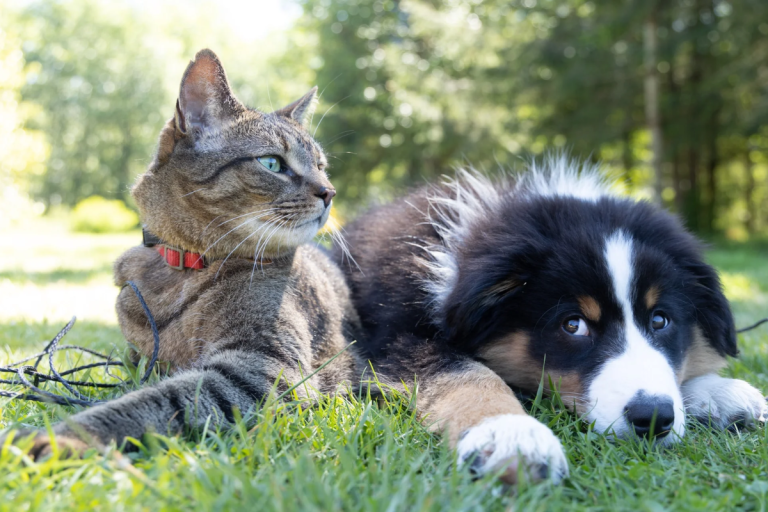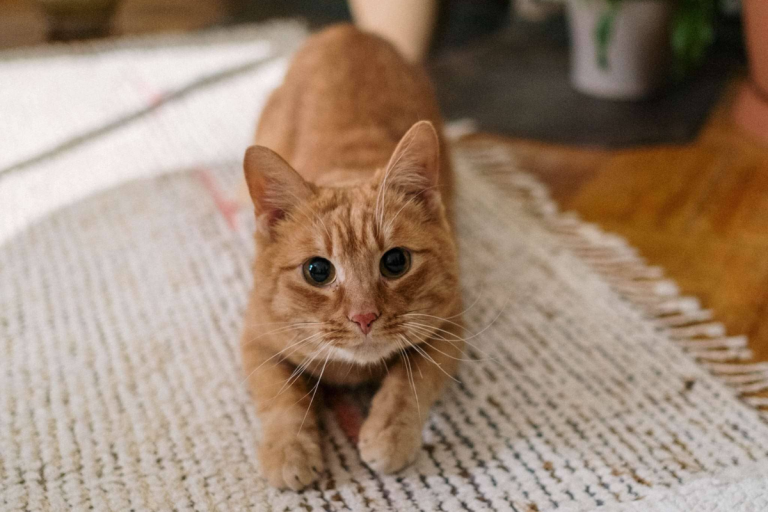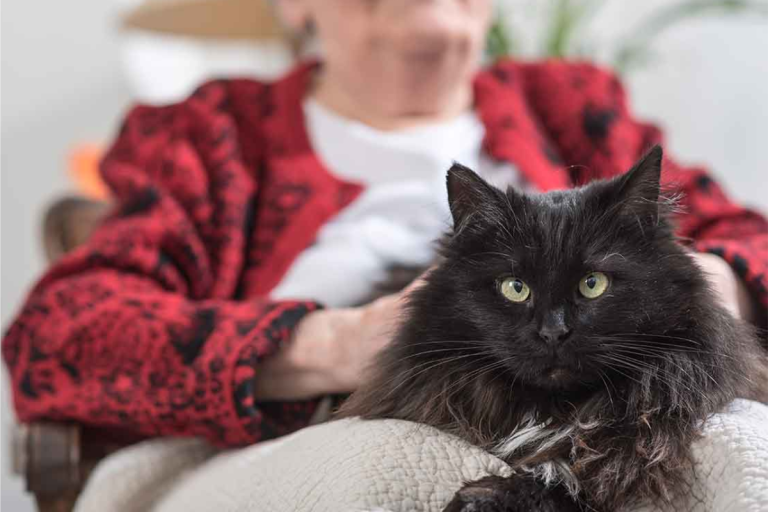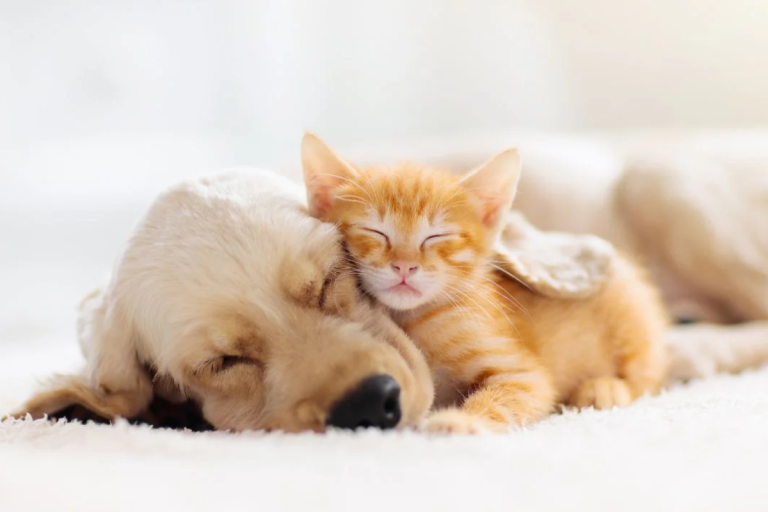How to Prevent Cat-Dog Fights in a Multi-Pet Household
Bringing a new pet into your home can be a thrilling adventure, but when that new pet is a dog and you already have a
Understanding the Nature of Cats and Dogs
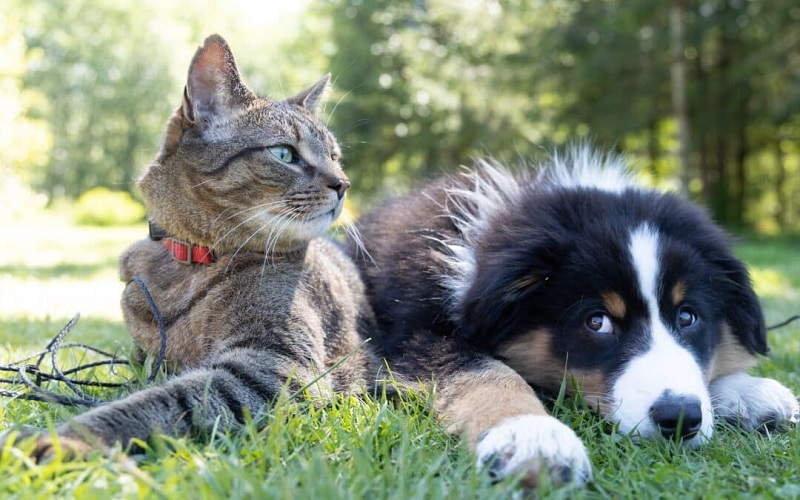
Before we get into the nitty-gritty of prevention, it’s crucial to understand the basic differences between our feline and canine friends.
Common Behavioral Differences
Cats and dogs have distinct behavioral traits shaped by their evolutionary paths. Dogs are pack animals, meaning they thrive on social interaction and often see their humans as part of their pack. On the flip side, cats are more solitary and territorial by nature. They’re often comfortable with their own space and may view other pets as intruders.
Instinctual Responses and Territoriality
This territorial instinct can lead to confrontations, especially if the dog is playful and the
Preparing Your Home for a Multi-Pet Environment

Creating a harmonious environment starts at home. Here are a few tips to prepare your space for both a
Designating Safe Spaces
Every pet should have a safe space they can retreat to when things get overwhelming. For cats, this could be a high perch or a separate room. For dogs, a cozy corner with their bed or crate will work wonders. These safe spaces provide a sanctuary where pets can decompress and feel secure.
Creating Separate Zones
In addition to safe spaces, it’s essential to create separate zones for eating and sleeping. Dogs tend to be more food-driven, and a
Gradual Introductions and Socialization
One of the most effective ways to prevent fights is to ensure your pets are gradually introduced to each other.
The Importance of Slow Introductions
Rushing introductions can lead to stress and aggression. Start by letting them sniff each other’s belongings before they meet. This process can help them get accustomed to each other’s scents and reduce anxiety during their initial encounters.
Techniques for Safe Meetings
When you’re ready for the big introduction, consider using a baby gate to allow them to see each other without direct contact. This setup provides a barrier while still enabling them to observe and get used to one another. Gradually increase their interactions as they become more comfortable.
Managing Interactions Between Pets
Once your pets have been introduced, it’s essential to monitor their interactions closely.
Recognizing Warning Signs of Aggression
Understanding your pets’ body language is vital. Signs of aggression include growling, hissing, and stiff body posture. If you notice any of these behaviors, it’s time to step in before things escalate.
Intervening Safely
When you need to intervene, do so calmly and without yelling. Use distractions, like tossing a toy or a treat, to redirect their attention away from each other. Never physically separate them with your hands, as this can lead to accidental bites.
Reinforcement and Training Techniques
Training your pets can significantly reduce the likelihood of conflicts.
Positive Reinforcement for Good Behavior
Whenever your pets interact calmly, reward them with treats and praise. This positive reinforcement teaches them that good behavior leads to rewards, helping to create a more peaceful environment.
Using Commands Effectively
Teaching your dog commands like “sit,” “stay,” and “leave it” can help manage their behavior around the
FAQs
What should I do if a fight breaks out?
If a fight occurs, stay calm and avoid physical intervention. Use a loud noise, like clapping your hands or using a whistle, to distract them. If necessary, separate them safely using barriers.
Can I have both a cat and a dog if they don’t get along?
Yes, it’s possible! It may take time and effort, but with proper training and gradual introductions, many cats and dogs can learn to coexist peacefully.
How long does it take for pets to get used to each other?
The time varies greatly depending on the pets’ personalities. It can take anywhere from a few weeks to several months. Be patient and let them progress at their own pace.
Are some dog breeds better with cats than others?
Yes, certain breeds, like Golden Retrievers and Beagles, tend to be more tolerant of cats. However, every pet has its own personality, so individual behavior will vary.
What if my pets continue to fight despite my efforts?
If fights persist, consider consulting a professional animal behaviorist. They can provide tailored strategies to help improve the situation.
Conclusion
Creating a peaceful coexistence between cats and dogs in a multi-pet household requires patience, understanding, and a bit of strategic planning. By recognizing their unique behaviors, preparing your home, and employing gradual introductions, you can significantly reduce the risk of fights.
Remember to be vigilant during interactions and use positive reinforcement to encourage good behavior. With time and effort, your home can be a harmonious haven for all your pets.
